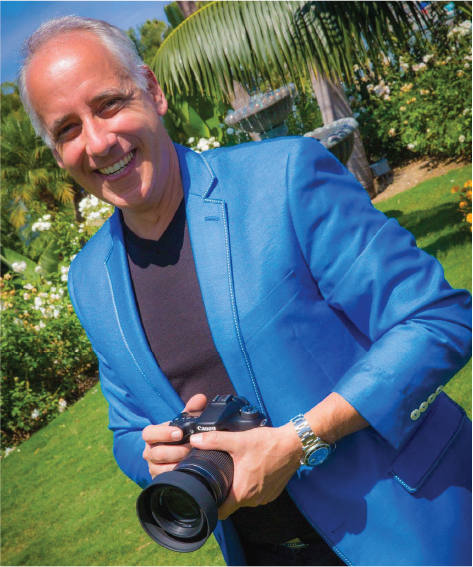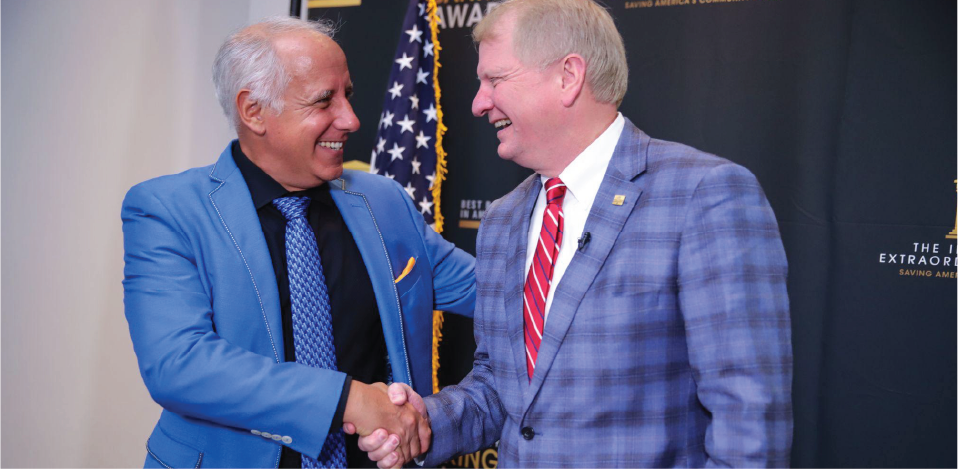Elevating CEOs:
The Art of Capturing Authentic Video Interviews
by Federico Giller

In the realm of corporate communication, video interviews are the vital connector between businesses like yours and your prospects. But what makes a video interview great? Think about your favorite podcasts.
Is it the quality of the cameras and lenses? Is it the precision in the questions and dialogue? Or does it hinge on something more elusive, something less tangible? What separates the wheat from the chaff is the capacity to summon the magnetic allure of genuine authenticity—a skill that only a top-tier interviewing expert can draw from you and capture on camera.
You deserve an experience that captures your essence, portrays you in the best light,
and enrolls people to your cause.
In top circles, you don’t get a second chance to make a first impression. When I sit across from top-performing CEOs, I know your focus is on multimillion-dollar deals and challenges. There’s no room for vague discussions, no tolerance for problems without solutions, and no patience for blame games. You operate on an entirely different plane, and the interviewer must have the resources to tap into this vast know-how.
Unlocking Your True Potential
It’s a widespread misconception that a competent CEO like you must excel at everything. While most CEOs excel at leading organizations, creating successful teams, and speaking in public, they often require assistance when it comes to talking to a camera. This is where I come in—not as a director– telling them what to say or how to act, but as the facilitator of a deeper conversation.
We believe that authenticity is the key
to connect with your most profitable prospects.

Starting in 2005, I honed my skills by developing strategic marketing plans for iconic companies like Subway, CVS, Morton’s Steak House, and Hyatt, under the tutelage of business legend Tom Feltenstein. My journey started with a mission to capture the essence of the CEOs I interviewed and help them shine in the spotlight. Since then, I’ve interviewed hundreds of top executives, like Jeff Hoffman, co-founder and CEO of Priceline, and founders of non-profit organizations. Every year, starting in 2017, I’ve been the go-to guy for capturing interviews with top-performing community bank CEOs during the prestigious Banky Awards. The Banky Awards are to community banking what the Tonys are to theater, the Emmys are to television, or the Oscars are to film.
So, the next time you aim to make a statement in a video interview or want to provide your clients with a memorable experience, give me a call.
Federico Giller